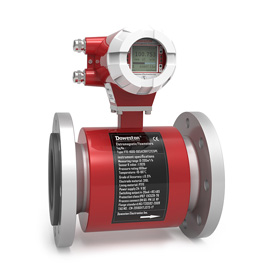Widely used in various industrial automation environments, involving water conservancy and hydropower, railway transportation, intelligent buildings, production automation, aerospace, military, petrochemical, oil wells, electric power, ships, machine tools, pipelines and many other industries.
for all kinds ofmechanical equipment, project engineering theFluid, gas media differential pressure measurement with field programming and display function、Multiple information output , to meet the needs of different working conditions.
A differential pressure transmitter is a device used to measure and transmit the difference in pressure between two points in a process. It works based on the principle of converting the differential pressure signal into an electrical signal, which can be transmitted to a control system for monitoring and control.
The transmitter consists of two pressure sensing elements, a transmitter housing, and an electronic circuit. The pressure sensing elements are usually two diaphragms or two bellows, which are connected by a fluid-filled chamber or capillary tube. The sensing elements are exposed to the process fluid or gas being measured.
When there is a differential pressure between the two sensing elements, it causes a deflection of the diaphragms or bellows, which results in a change in the fluid level in the chamber or capillary tube. This change in fluid level is detected by an electronic circuit, which converts it into an electrical signal, such as a current or voltage.
The transmitter housing contains the electronic circuit, which includes an amplifier, a digital signal processor, and a transmitter module. The amplifier amplifies the electrical signal from the sensing elements, making it more suitable for processing and transmission.
The digital signal processor converts the analog signal into a digital signal, which can be further processed and manipulated by the control system. The transmitter module converts the digital signal into a standard output signal, such as a 4-20 mA or a digital signal, which can be transmitted to the control system.

























.jpg)
.jpg)







